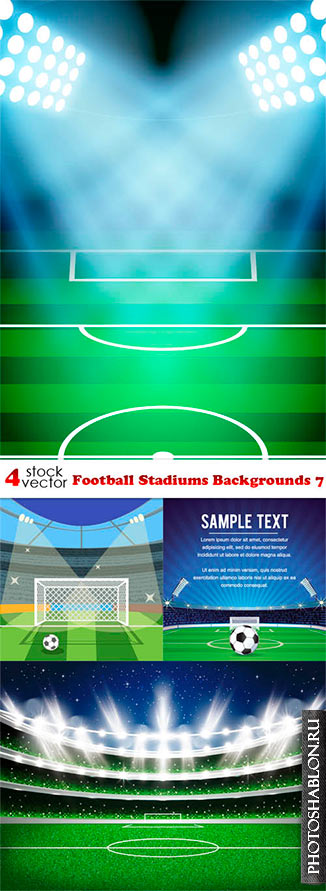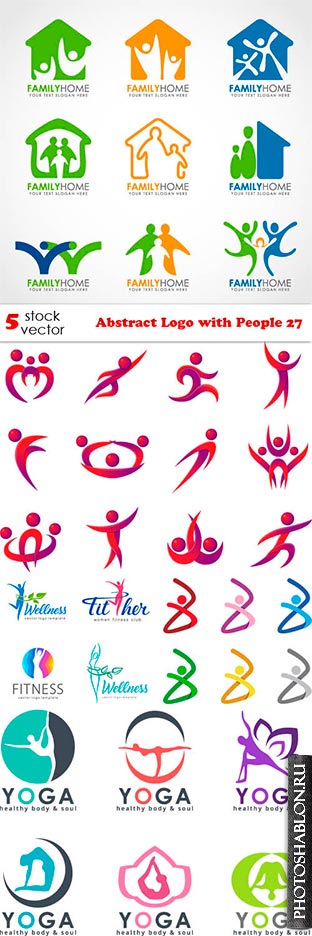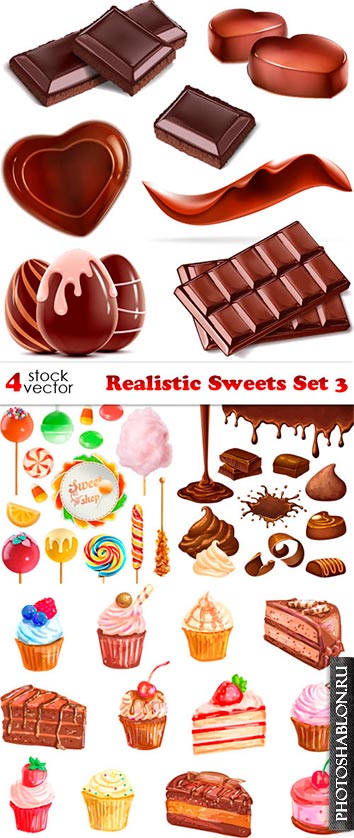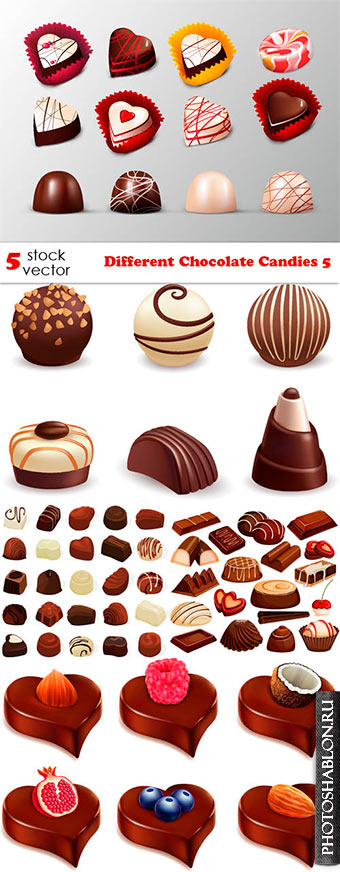
Vectors - Ornamental Floral Frames 39
5 AI | +TIFF Preview | 76 MB
|

Vectors - Blue Waves Banners Set 6
5 AI | +TIFF Preview | 72 MB
|

Vectors - Football Stadiums Backgrounds 7
4 AI | +TIFF Preview | 91 MB
|

Векторный клипарт - Дым / Vectors - Realistic Smoke 6
5 AI | +TIFF Preview | 134.69 Mb
|

Vectors - Abstract Logo with People 27
5 AI | +TIFF Preview | 53.56 Mb
|

Векторный клипарт - Сладости / Vectors - Realistic Sweets Set 3
4 AI | +TIFF Preview | 150 MB
|

Vectors - Vintage Calligraphic Dividers 27
5 AI | +TIFF Preview | 68 MB
|

Vectors - Floral Borders Elements Set 40
5 AI | +TIFF Preview | 63 MB
|

Vectors - Infographics with People 52
6 AI | +TIFF Preview | 64.92 Mb
|

Векторный клипарт - Шоколадные конфеты / Vectors - Different Chocolate Candies 5
5 AI | +TIFF Preview | 65.73 Mb
|
|
Векторная графика, в отличие от растровой, строится не на основе сетки пикселей, а на математическом описании геометрических объектов - линий, кривых, многоугольников. Это позволяет векторным изображениям масштабироваться до бесконечности без потери качества, оставаясь четкими и гладкими даже при многократном увеличении. Каждый элемент в векторном изображении - это независимый объект, который можно редактировать отдельно, изменяя его цвет, форму, размер, положение, и т.д. Это делает векторную графику идеальным выбором для создания логотипов, иллюстраций, шрифтов, и других изображений, где важна четкость и масштабируемость.
Одним из ключевых преимуществ векторной графики является её компактность. Поскольку векторные изображения описываются математическими формулами, а не информацией о каждом пикселе, файлы обычно значительно меньше по размеру, чем их растровые аналоги. Это особенно важно для веб-графики и анимации, где размер файла напрямую влияет на скорость загрузки страницы и производительность. Кроме того, векторные файлы легче редактировать и обновлять, поскольку изменение одного объекта не требует повторной обработки всего изображения, как в случае с растровой графикой.












